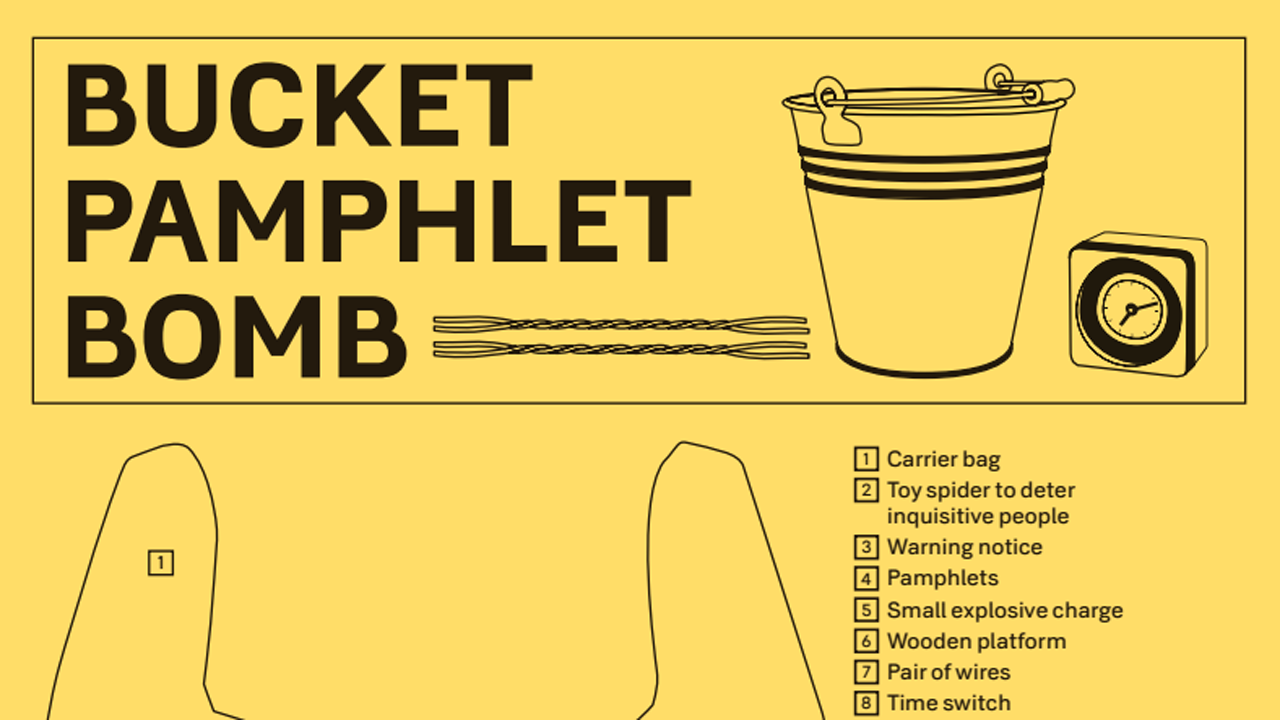“Disobedient Objects” is the first exhibition of its kind to focus on the role of objects in social movements. Currently on view in London, the show addresses the drive of “design ingenuity and collective creativity” motivated by activism, defying “standard definitions of art and design.”
From a Suffragette tea service to protest robots, this exhibition will be the first to examine the powerful role of objects in movements for social change. It will demonstrate how political activism drives a wealth of design ingenuity and collective creativity that defy standard definitions of art and design. Disobedient Objects will focus on the period from the late 1970s to now, a time that has brought new technologies and political challenges.
On display will be arts of rebellion from around the world that illuminate the role of making in grassroots movements for social change: finely woven banners; defaced currency; changing designs for barricades and blockades; political video games; an inflatable general assembly to facilitate consensus decision-making; experimental activist-bicycles; and textiles bearing witness to political murders.
Along with the objects mentioned above, the museum has provided these handy how-to guides. You too can make a DIY tear-gas mask (PDF) from a plastic bottle, rubber bands and strips of insulation foam with a sharpie, a knife and some glue.

And with just a bucket, some wires and a time-switch, you can make a handy bucket pamphlet bomb (PDF).
This bucket-type leaflet bomb used by the London Recruits, a group of mostly young non-South Africans working voluntarily for the African National Congress (ANC) and South African Communist Party (SACP). With these devices, the London Recruits distributed censored information in South African cities from 1969 onwards. The leaflet bombs harmed no one, but distributed hundreds of leaflets high into the air.
“Disobedient Objects,” Jul 26 – Feb 1, Porter Gallery, Victoria and Albert Museum, London


